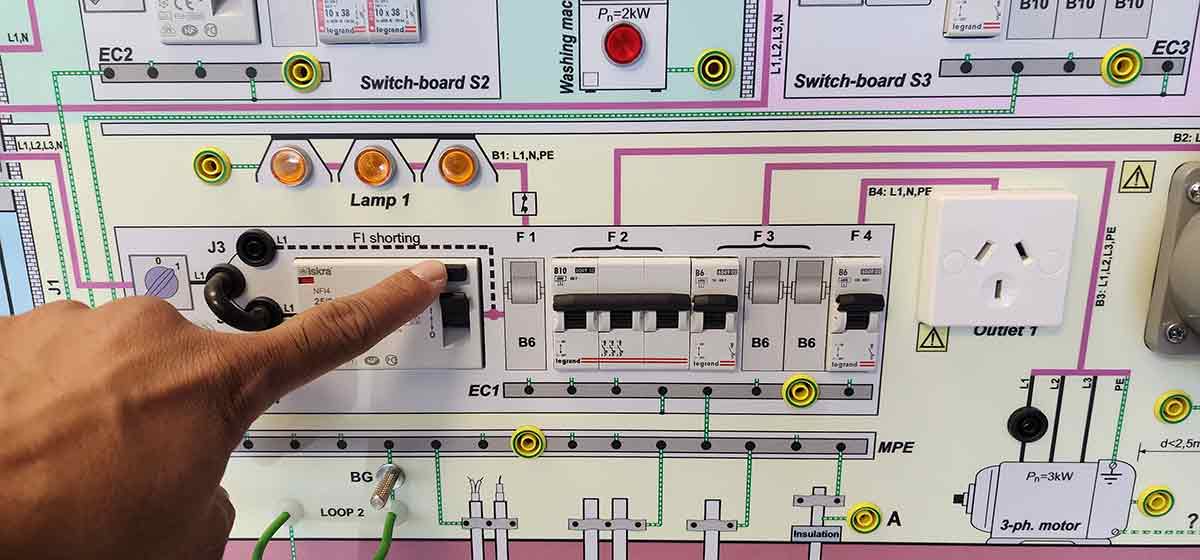RCD testing (Residual Current Device testing), or safety switch testing is a non-negotiable practice for electrical safety in Australian workplaces.
These life-saving safety switches cut power within 40 milliseconds if they detect faults, preventing electric shocks, fires, and fatalities.
Here’s what your business needs to know about RCD testing requirements, Australian Standards (AS/NZS 3760:2022), and compliance.
What is RCD Testing?
RCDs continuously monitor electrical flow and quickly shut off power—within 40 milliseconds—if they detect an imbalance, such as a fault in the circuit or electricity leaking through a person.
RCD testing ensures your Residual Current Devices function correctly by simulating electrical faults. Regular checks confirm they trip fast enough to protect workers from shocks or fires.
- Prevents Device Degradation: Dust, moisture, and wear can delay RCD response times.
- Compliance with AS/NZS 3760:2022: Mandates testing intervals based on workplace risk levels.
- Avoid Penalties: Australian businesses face fines for non-compliance under Work Health & Safety (WHS) laws.
Why Regular RCD Testing Is Necessary?
Over time, RCDs can wear out, making regular testing essential to ensure they function properly and comply with AS/NZS 3760:2022. Regular testing helps catch potential failures before they turn into safety risks.
RCD Testing Requirements Australia: How Often Should You Test?
Sticking to a routine RCD testing schedule helps ensure workplace safety, prevents electrical hazards, and meets legal compliance.
- Low-Risk Sites (Offices, Retail): Every 6–12 months.
- High-Risk Sites (Construction, Industrial): Every 3 months.
- After Major Events: Post-floods, equipment damage, or electrical work.
Pro Tip: Tag and log tests to prove compliance during audits.
At Neon Safety, we offer certified RCD testing services to keep your business safe and compliant.
